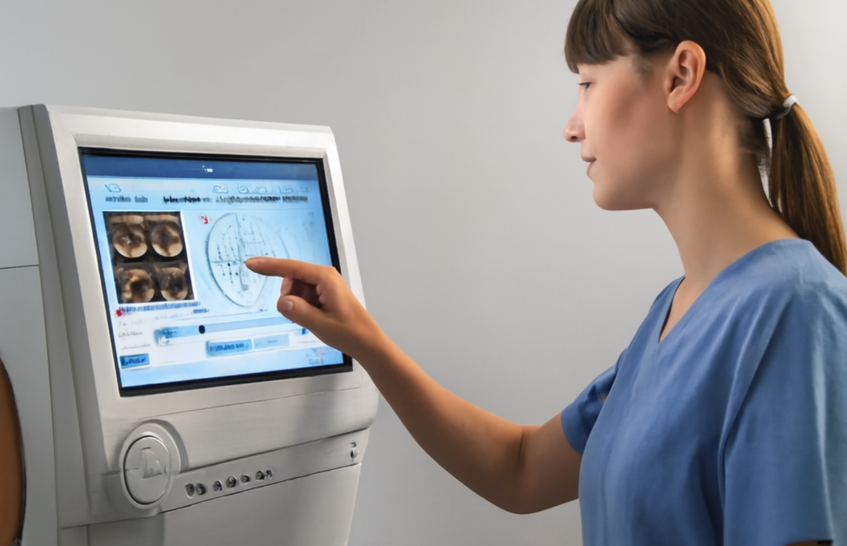
Portable medical devices are becoming essential in modern healthcare. From point-of-care diagnostics to remote patient monitoring, mobility is central to improving access and outcomes.
At the heart of this shift is the responsive touchscreen, which has evolved from consumer gadgets into a trusted interface for critical medical technology.
What Are Responsive Touch Screens
Responsive touch screens are interactive display panels that react quickly and accurately to human touch. Unlike older resistive screens that required pressure, modern responsive touchscreens use capacitive technology to detect even the lightest contact. This makes them more precise, faster, and reliable.
In healthcare, where timing and accuracy are critical, responsive touchscreens ensure smooth navigation, reduce user errors, and provide a familiar interface for both clinicians and patients.
Portable medical devices are now essential in modern healthcare. They enable faster diagnosis, real-time monitoring, and greater accessibility for patients. At the heart of this transformation is the touchscreen, which has evolved from consumer electronics into a trusted interface for critical medical systems.
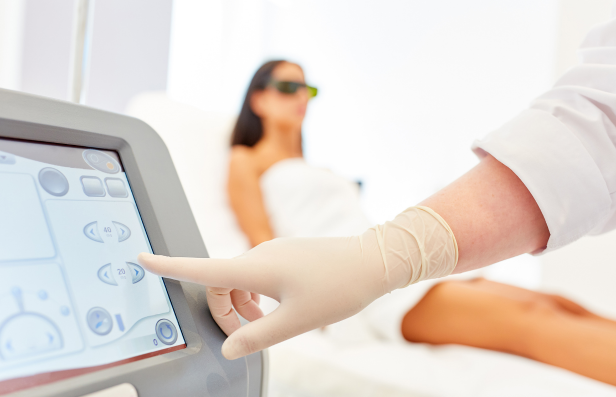
Why the Shift to Touch Interfaces is Accelerating
Healthcare has traditionally relied on mechanical switches, knobs, and segmented displays. These controls were effective but limiting as devices grew more compact and multifunctional. Touch Screens now provide three major advantages:
Higher information density: A single screen can display waveforms, readings, and alerts without requiring larger hardware.
Dynamic adaptability: Software-driven interfaces allow updates without redesigning physical controls.
Familiarity: Clinicians and patients already know how to use touchscreens from everyday devices, reducing training time.
A recent Deloitte study noted that global adoption of connected health technologies is rapidly expanding, with portable devices driving much of this growth. Touchscreen interfaces are one of the enablers behind this trend.
Safety and Usability Benefits
Responsive touchscreens in medical devices are designed with strict performance standards that go beyond consumer expectations. They must operate reliably in high-stress conditions and comply with regulations such as IEC 60601 for medical electrical equipment.
Key benefits include:
Glove compatibility: Capacitive screens calibrated to respond through latex and nitrile gloves, critical in sterile environments.
Reduced input errors: High-resolution sensors ensure that even light touches are registered, lowering the chance of missed commands.
Visual clarity: Anti-glare coatings and high-brightness screens support visibility under hospital lighting or direct sunlight.
Sealed surfaces for hygiene: Smooth touch panels with protective sealing simplify disinfection and reduce the risk of contamination.
These features directly enhance both patient safety and clinician confidence, especially in portable scenarios where rapid decisions are vital.
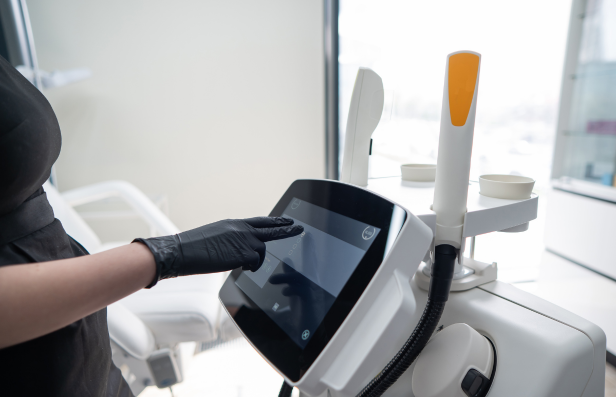
Real World Applications in Healthcare
Responsive touch screens are now integrated into a wide range of portable devices, including:
Point of care diagnostics: Handheld analyzers for blood glucose, cholesterol, and infectious diseases use touch interfaces to guide users through testing steps and display results instantly.
Portable imaging: Compact ultrasound systems with tablet-like interfaces allow clinicians to capture and review images quickly at the patient’s bedside.
Remote monitoring hubs: Wearable devices that track ECG or oxygen saturation often include small screens that patients can use to review data and transmit results to clinicians.
Drug delivery systems: Infusion pumps and portable insulin devices employ guided touch interactions to minimize dosing errors.
These examples demonstrate how responsive touchscreens are not just simplifying device use but also enabling care in locations far from traditional clinical settings.
Impact on Efficiency and Patient Outcomes
The responsiveness of a touch screen directly influences clinical efficiency. Delays or input errors can compromise patient safety. High-quality medical touch screens deliver:
Faster workflows: Clinicians can navigate between menus, records, and imaging quickly.
Reduced training demands: Intuitive icons and layouts shorten the learning curve for both staff and patients.
Improved patient confidence: Simple and reliable interfaces encourage patients to engage with devices at home.
Studies in HMI design show that medical devices with touchscreen interfaces reduce user error compared to those with complex mechanical controls. This translates into safer treatment and improved outcomes.
The Future of Portable Medical Interfaces
Industry experts anticipate that portable medical technology will continue to grow, particularly in home care and telemedicine. Touchscreens will advance further to support:
Multi-modal interaction: Combining touch with voice and gesture control for accessibility.
AI-enabled personalization: Interfaces that adjust layouts and recommendations based on user behavior.
Flexible displays: Lightweight, bendable touchscreens that allow slimmer device designs.
Integrated security features: Biometric login through the touchscreen to safeguard sensitive health data.
These innovations will help portable devices deliver smarter and more patient-centered care.
What This Means for Healthcare
Responsive touch screens are no longer optional in portable medical devices. They improve safety, enhance usability, and allow clinicians and patients to work more efficiently.
By bridging the gap between advanced medical systems and everyday users, responsive touchscreens are transforming healthcare into a faster, safer, and more connected experience.


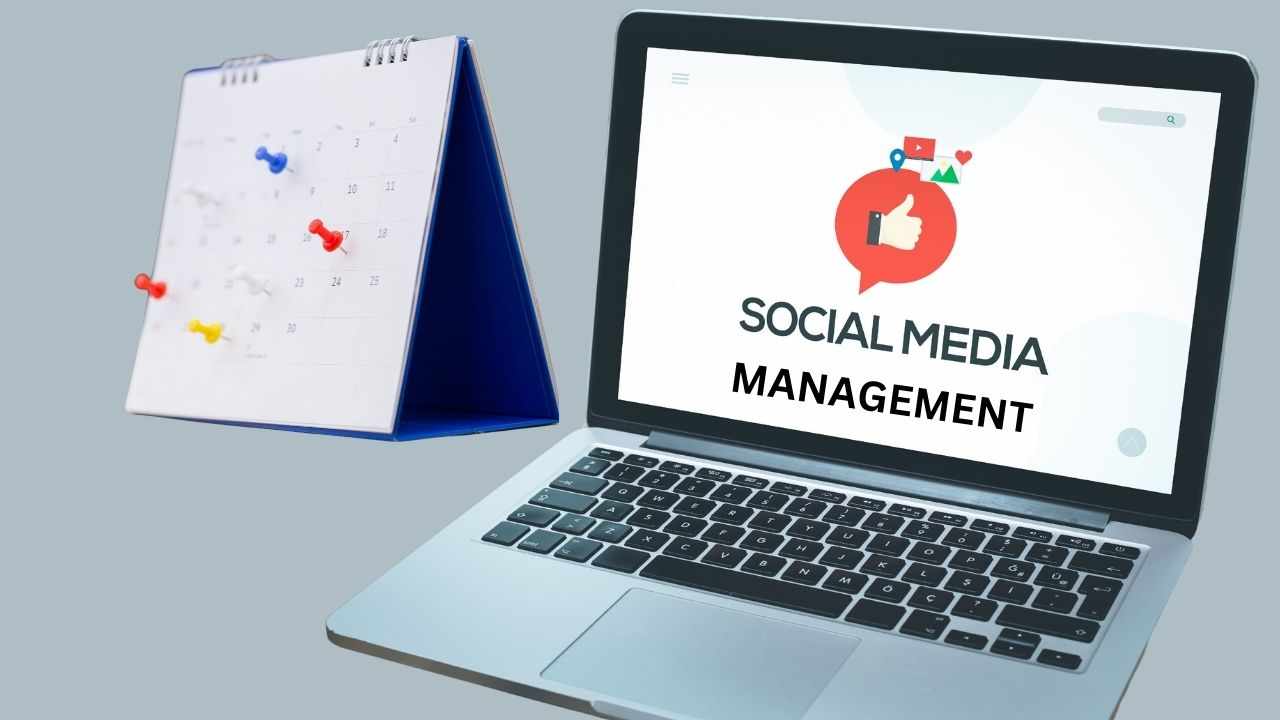

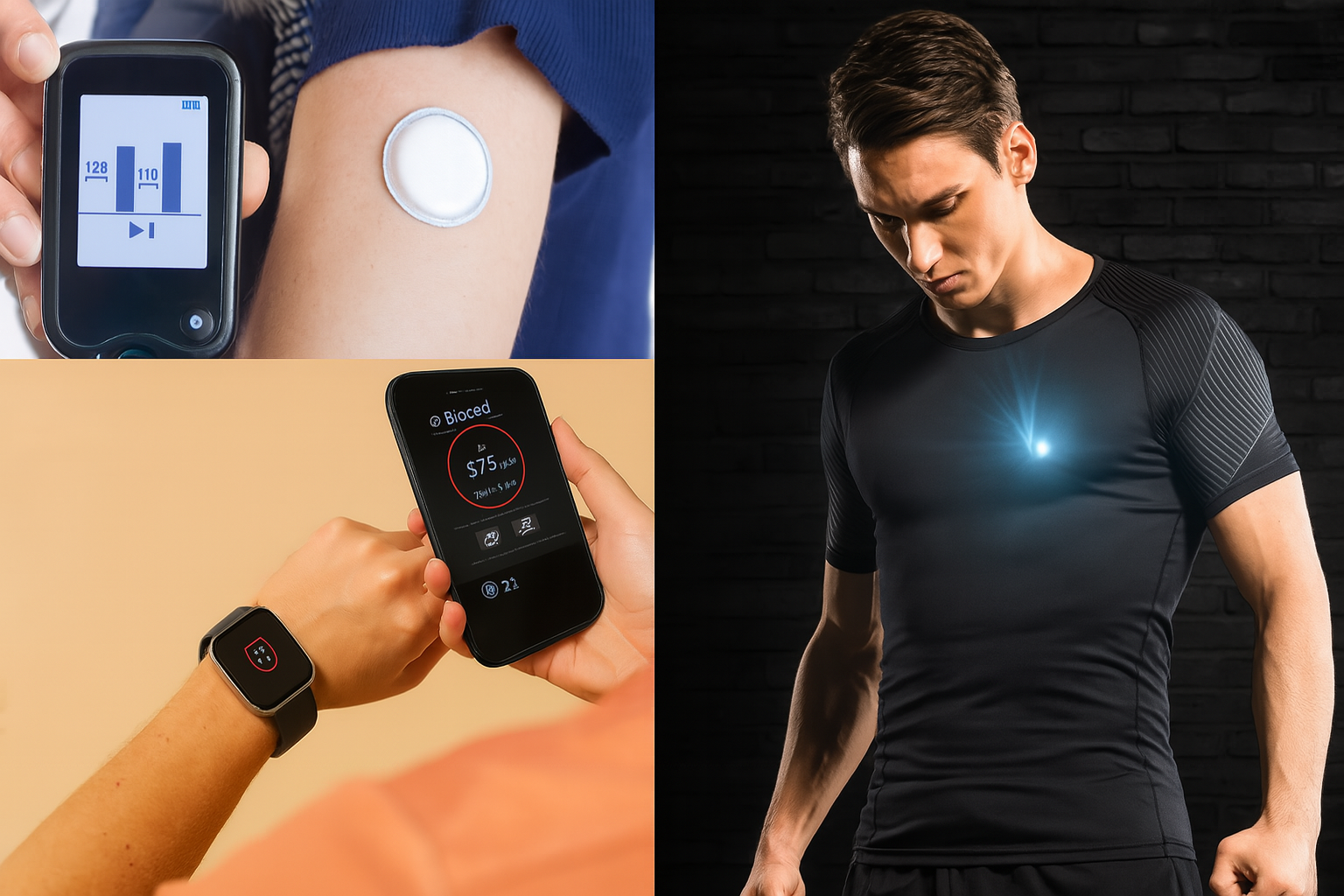

Write a comment ...